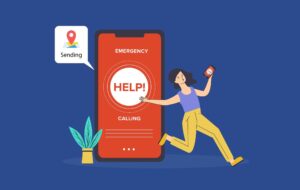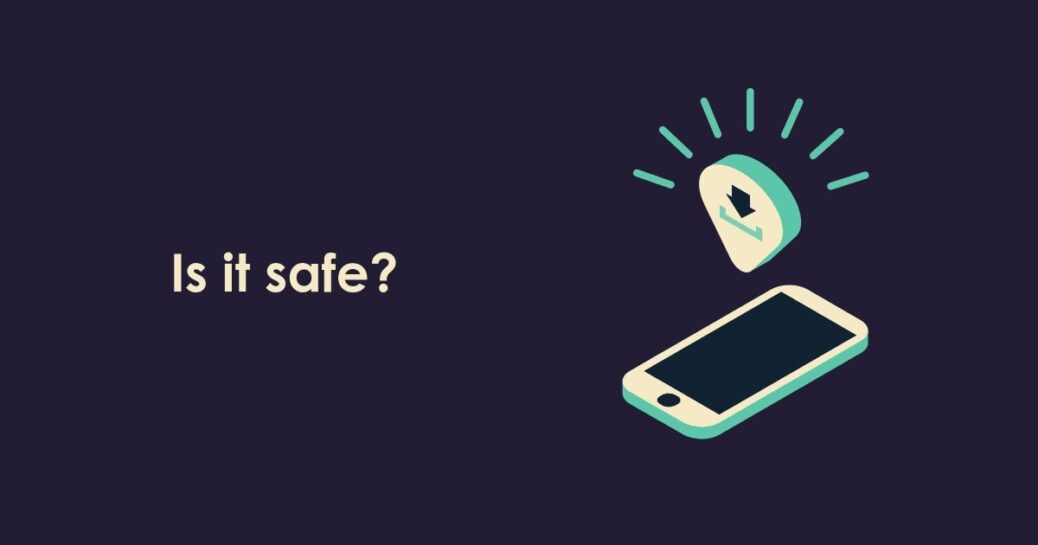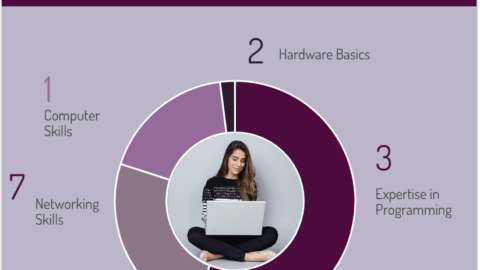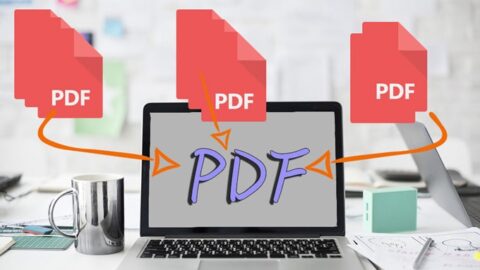Five Ways to Keep Your Apps Safe
Many organizations depend on apps in their day-to-day operations, including both employee and consumer use, for efficient communication and convenient business processes. Unfortunately, an improperly secured app can put users and their data at great risk and leave them vulnerable to cyberthreats. It is important, no matter how much an app is used or for what purposes, to ensure that it is secured against cyberattacks and its users are as safe as possible. There are countless measures that can be taken in order to make an app more secure, and ultimately only you know what will work best for your apps. Below are five of the most effective and valuable tactics to keep your apps safe.
Table of Contents
-
Use Safe and Authorized APIs to Keep Your Apps Safe
In recent years, the use of application programming interfaces (APIs) has been on the rise. APIs are convenient, allowing for smooth communication between an app and an external program or server. Unfortunately, the same factors that make an API helpful and easy to use can also make them more susceptible to cyberattacks. Every API is unique and most API attacks target business logic gaps. So it can be difficult to know how to best keep them, and by extension how to keep the apps that use them, secure.
Authorized APIs are less vulnerable to hacking and easier to use than unauthorized ones. Even when using an authorized API, there are many additional ways to counteract the risks and make an API safe to use and protected from cyberattacks. While API security is complex, a simple guide to the basic tenets can go a long way in ensuring that these “building blocks of modern applications” are safe. Your app security may be robust. But if the information you exchange with external programs is not protected. Then you and your data are vulnerable to cyberthreats. And should learn how to keep your apps safe.

-
Enforce Heavy Authentication Measures
It may seem obvious. But it is vital to verify that app users are who they say they are, to prevent bad actors from fraudulently gaining access to the app and user data. Multi-factor authentication (MFA) is a significant obstacle to cybercriminals attempting to log in to user accounts. While it may be easy for a hacker to gain access to one piece of critical data, such as a user’s password. They will often be unable to authenticate based on other factors, such as the user’s specific device or their fingerprint. Phishing-resistant MFA adds another layer of protection for particularly sensitive data.
-
Encrypt Data and Communications
Another way to keep apps safe is to use encryption for user data and communications both within the app and between apps. Encryption is a significant barrier to anyone looking to steal data for nefarious purposes, as it makes the targeted data unintelligible to anyone who does not know how to decrypt it. This can be a difficult tactic to implement properly, as a good cryptographic system requires specific mathematical expertise, but when done correctly, it serves to make your app an unappealing target for cyberattackers looking for an easy score.
-
Scan for Threats
It is vital to regularly and repeatedly scan your app for any malware that others may inject without your knowledge. Malware can be extremely sophisticated and pose a serious threat to user data, resulting in “staggering” financial losses. In order to protect against these attacks, app developers take measures to make it difficult to deploy malware, but you must also be able to detect if malware does find its way into the app. Malware, adware, spyware, and viruses can present a serious issue if not detected and stomped out as early as possible. Keeping a vigilant eye on potential threats is crucial to proactively fighting against cyberattacks.
-
Test and Patch Weaknesses
Proactive security measures don’t stop at scanning for malware. You should also continually test your app for places where a security breach might occur. Penetration testing is a good security measure to invest in. Because it can help you detect vulnerabilities in your own software before cybercriminals find and exploit those same weaknesses. Additionally, threat modeling can be helpful in not only identifying potential threats. But planning and practicing how to respond to a potential incident, rather than relying on knowing what to do if and when there is an actual attack or breach.
Conclusion on How to Keep Your Apps Safe
While there are many ways to secure your apps, these five practices are some of the most important and useful measures. These can work in order to keep an app safe. Cybercriminals are always working to gain access to app controls and data. And any app developer should be aware of the dangers they pose and the best ways to mitigate those risks. You can go a long way in securing your app by ensuring that data is secure. And access to the app is dependent on strong authentication systems. Threats are anticipated and prevented when possible, and any APIs in use are safe and authorized.
Developers prefer to put sensitive data in the local memory of the device to shield it from consumers. Nevertheless, it’s best practice to steer clear of keeping sensitive information since doing so might raise the security risk.
Concerns about mobile app security have unquestionably is at the top of the list of priorities for app developers in light of the growing threat by malicious actions. Users become leery about downloading programs that cannot be trusted as a direct effect of this. We hope that these practices that were outlined above answer any questions. So that you will know how to create a safe mobile application for your clients.

PJ Bradley is a writer on a wide variety of topics, passionate about learning and helping people above all else. Holding a bachelor’s degree from Oakland University, PJ enjoys using a lifelong desire to understand how things work to write about subjects that inspire interest. Most of PJ’s free time is spent reading and writing. PJ is also a regular writer at Bora.










